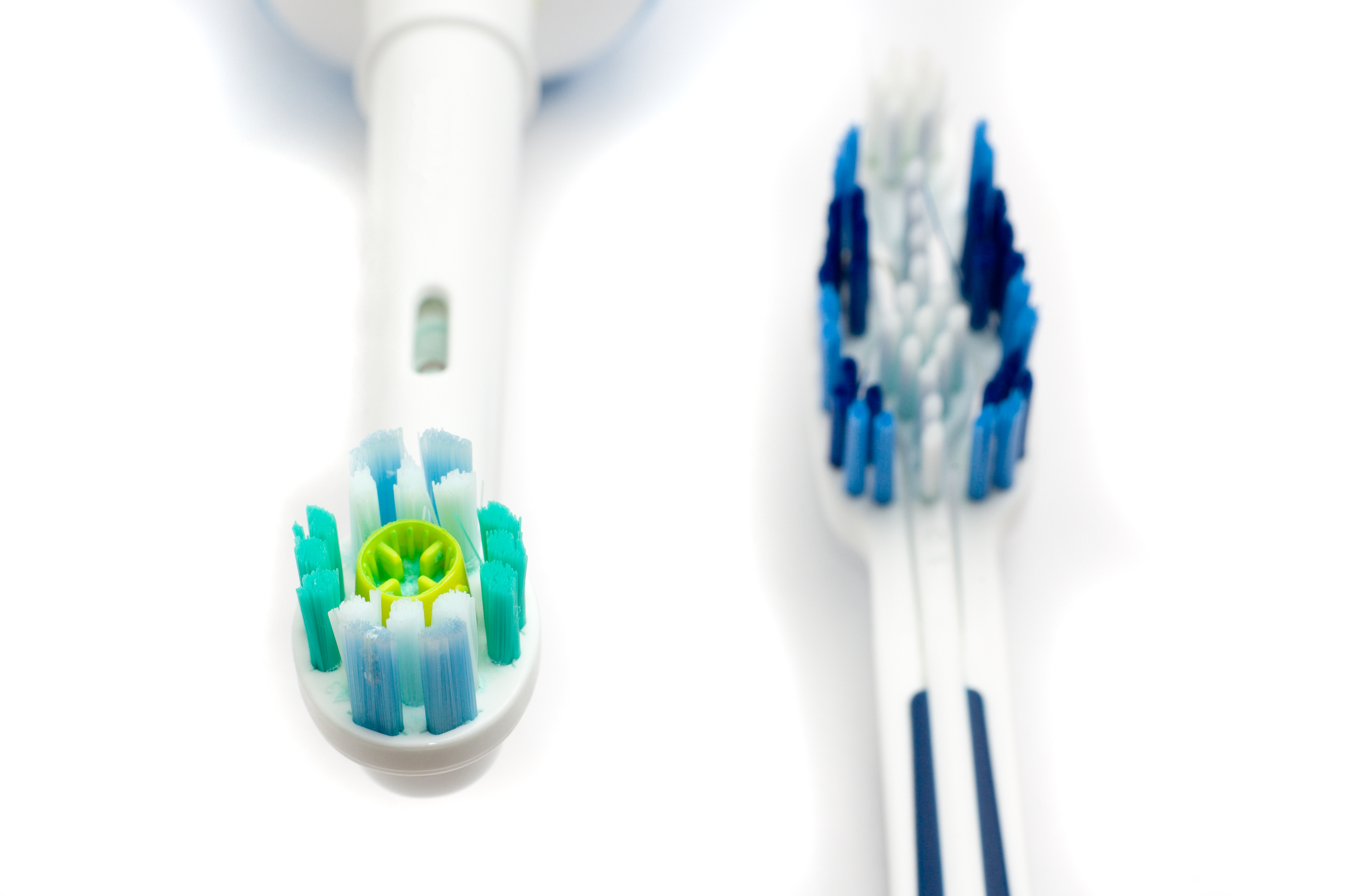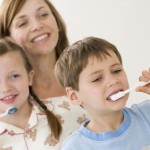Choosing the Best Toothbrush for You
Choosing a toothbrush can be an overwhelming task. Is an electric toothbrush better than the manual kind you’ve always used? We’re here to explain the basics and explain the benefits of each.
The purpose of a toothbrush is to remove plaque, stimulate gums and help maintain good oral hygiene (along with flossing!). But the effectiveness isn’t solely based on the type of toothbrush you use. Both the electric toothbrush and traditional manual brushes are capable of cleaning your teeth properly but it is your technique is what counts. There are a number of other factors that are equally important, including your brushing technique, how often you brush and the length of time you spend brushing; this is where the features of manual and electric toothbrushes come into play.
Manual toothbrushes continue to offer a range of benefits to users. Some of the latest innovations for manual toothbrushes include:
• Ergonomically shaped handles that are more comfortable to hold and cause less muscle fatigue during routine use than regular handles.
• Angled heads and multi-tapered bristles, which help overcome incorrect brush positioning and clean more effectively between teeth and under the gum line.
While manual toothbrushes are portable, inexpensive and easy to use, they require the user to provide all of the brushing action.
Electric toothbrushes, while considerably more expensive and complex to use, only require the user to guide the brush along the surface, while the brush itself uses electric power to vibrate, pulsate and oscillate, getting hard-to-reach places. This is where an electric toothbrush can be helpful for some people because of the built-in features that can help perfect your tooth brushing method. It is important to understand that electric toothbrushes operate in different ways. Children can also benefit from electric brushes, especially if they dislike toothbrushing (learn how dental hygiene can be fun). Kids are always trying to rush through the process and often end up missing some spots – many electric toothbrushes feature an automatic timer that will ensure your child has brushed long enough.
Manual
• Criss-crossed, extralong or multi-level bristles
• Textured bristles
• Cupped bristle design for whitening benefits
• Gum stimulators
• Tongue-cleaner pads
• Cheaper
• More portable
• More options to choose from
Electric
• Pressure sensors to signal when brushing is too hard
• Timers to help keep track of how long you’re brushing each quadrant of your mouth
• Digital reminders for when to replace your brush head
• Oscillating-rotating or sonic technology
• Multiple brush-head compatibility, so you can choose which kind of bristle design you prefer
• Great option for those with carpal tunnel or arthritis
Regardless of whether a manual or electric toothbrush is best for you, it is important to remember that it’s the technique that counts. Many people think that if they brush harder, or use a hard toothbrush, they’ll see better results. This can actually damage the teeth and gums. It’s better to brush longer (at least two minutes, twice a day) using a soft toothbrush. Plaque accumulates everywhere in the mouth, not just on the teeth and gums, so it’s important to buy a brush with a built-in tongue and tissue cleaner, to clean the whole mouth. Both manual toothbrushes and electric brush heads should be replaced every three months or when the bristles are no longer straight and firm.
Remember to follow and like Dr. Sunny Tatra on Twitter, Facebook and Google+ to stay up to date with the latest news and tips. To read client reviews or to share your own experience, visit our RateMDs and Yelp pages. To book an appointment with Dr. Sunny Tatra and his team, phone +1 250 590 0166, email, or fill out the online appointment form!



